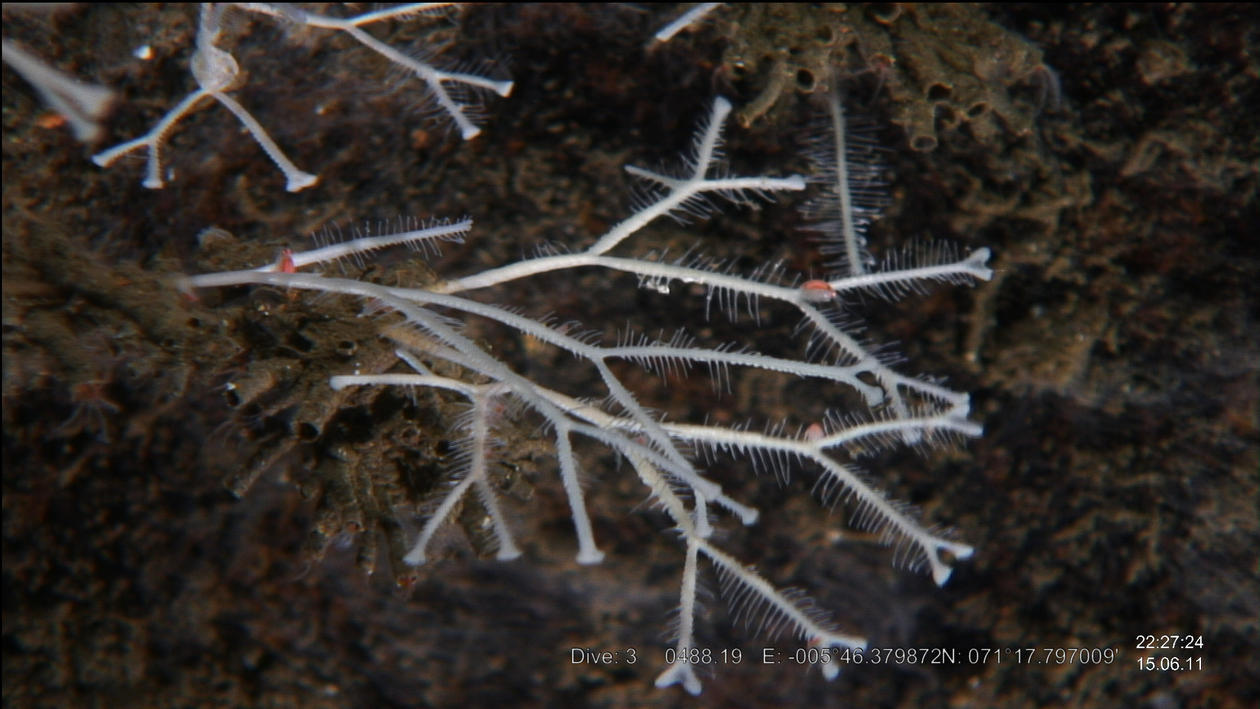Research Overview
See what projects the Vent and Seep Biota theme is working on now! (Updated June 2014)

Main content
This theme involves the exploration of the deep-water fauna in the Arctic and the NE Atlantic oceans with special emphasis on hydrothermal vents and seamounts along the Arctic Mid-Ocean Ridge. Among the main objectives in the ongoing work is to investigate local adaptations and speciation processes, as well as addressing potential ecological and evolutionary connectivity between different chemosynthetic habitats in the area including hydrothermal vents, cold seeps and sunken wood. We have shown that chemosynthetic habitats in the Norwegian and Greenland seas host an endemic and highly specialized fauna. More than 90 % of the specialized fauna represents new and undescribed species, and extra effort has therefore been concentrated on describing them. There are obvious similarities between the fauna found at hot vents along the AMOR, the fauna of cold seeps along the Norwegian margin, and from wood-falls in the abyssal Norwegian Sea. A shared group of keystone species directly or indirectly dependent on chemosynthetically derived energy has been identified. At a first glance the snails Rissoa griegi and Skenea profunda as well as the amphipod Exitomelita sigynae seem to dominate the fauna completely. When having a closer look, however, polychaetes are highly abundant and their diversity is high. The polychaetes also represent the group with the highest number of new taxa discovered and so far about a dozen new species of polychaetes are being formally described from the Loki Castle alone. Molecular tools are now being used to provide more information about the evolutionary history of this special fauna, and to explore the possible connections between the Atlantic and Pacific reduced habitat faunas through time. Our explorations have revealed large mineral resources on these deep-sea ridge systems and there is a growing interest in utilization of these resources. The consequences of deep-sea mining are not well known and we are aiming to understand the ecosystem resilience, function and potential environmental recovery after mineral extraction in our vent systems. The novelty and high degree of endemism of the vent fauna in the Norwegian and Greenland Seas call for more in-depth studies and use of the precautionary approach in future management of these unique deep-sea habitats.
